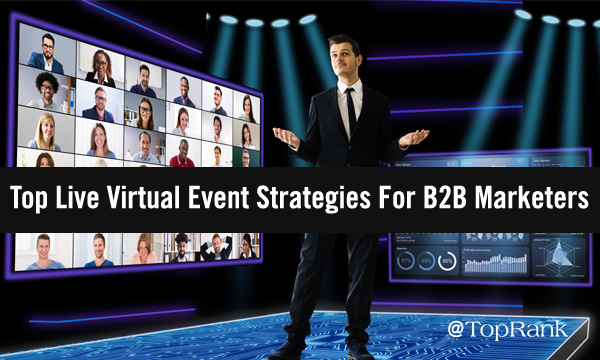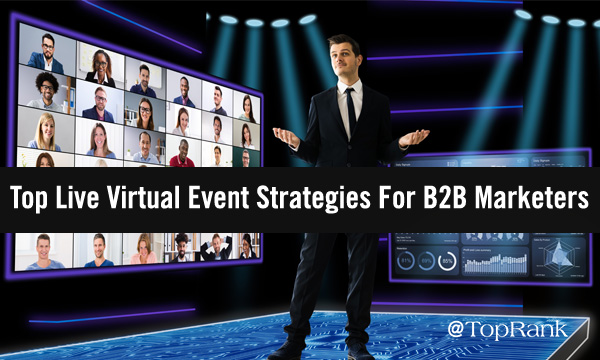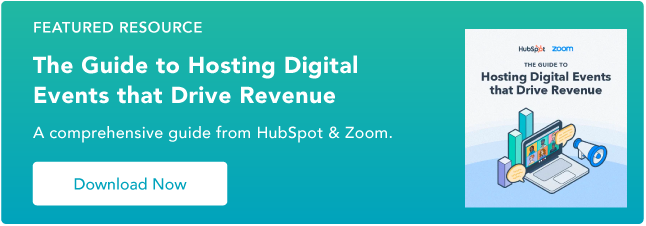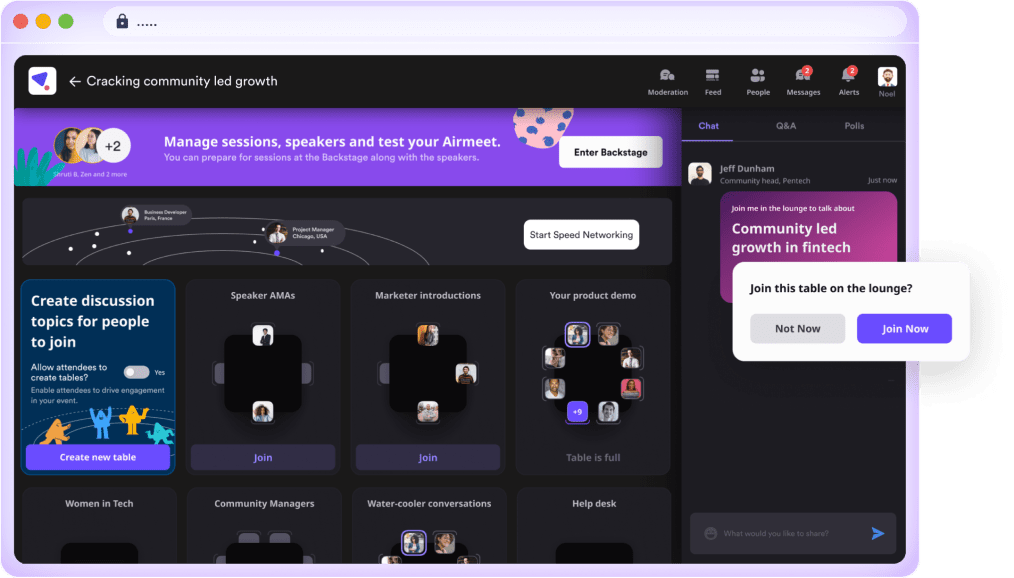13 Top Strategies For B2B Marketers To Host & Promote Live Virtual Events

By Joshua Nite

Great news! It’s easier than ever to host a virtual event.
Not-so-great news! Every B2B brand you’ve ever heard of is ALSO hosting virtual events. And most of us are sick to death of staring at a screen 24/7.
That doesn’t mean to not do virtual events. But it does mean we have to be more strategic about putting one together. You have to bring all of your marketing might and prowess to bear in order to make sure your event is attended, and that the attendees have a great experience.
Let’s take a look at a few things you can do before, during and after a virtual event to kick it up to the next level.
13 Top Strategies for Virtual Events
From content marketing to organic social, a successful virtual event uses every tool in your marketers’ toolkit. In addition, there are a few considerations that are unique to this particular channel.
Before the Event: Strategy & Promotion
1 — Set Goals
Start your event process by setting goals for the business purpose you want to achieve. For example, if you’re raising awareness of the brand, you’ll want to have influencers and thought leaders that appeal to a broad audience. But if you want attendees to book a demo after attending, you’re looking for a smaller but highly targeted audience. This is the first decision that will shape your promotion strategy and even your content.
2 — Choose a Platform
There’s a potentially bewildering array of virtual platforms out there right now. They range from something as simple as live-streaming on Facebook or Instagram, all the way to enterprise-level virtual conference halls with multiple customizable rooms.
We find LinkedIn Events to be a good middle ground between these extremes. There are plenty of easy-to-use tools built in that make it more customizable and interactive than a flat live-stream, but it doesn’t have budget-busting bells and whistles.
That said, if you’re an enterprise looking for an all-inclusive hosting solution, there are plenty of options. This blog post has the rundown on some of the most popular.
No matter which platform you choose, make sure to have a backup plan in place. If your LinkedIn Livestream fails, for example, be ready to roll on YouTube.
3 — Pre-Record and/or Rehearse
A virtual event doesn’t have to be 100% live — in fact, it might be a better audience experience if it’s not. You can present a few pre-recorded sessions livened up with b-roll and music, to balance out the talking heads.
Whether you choose to pre-record or not, it’s a good idea to rehearse your segments before the event itself.
4 — Plan Your ‘War Room’
During the event, you will want to have a team …read more
Source:: Top Rank Blog






